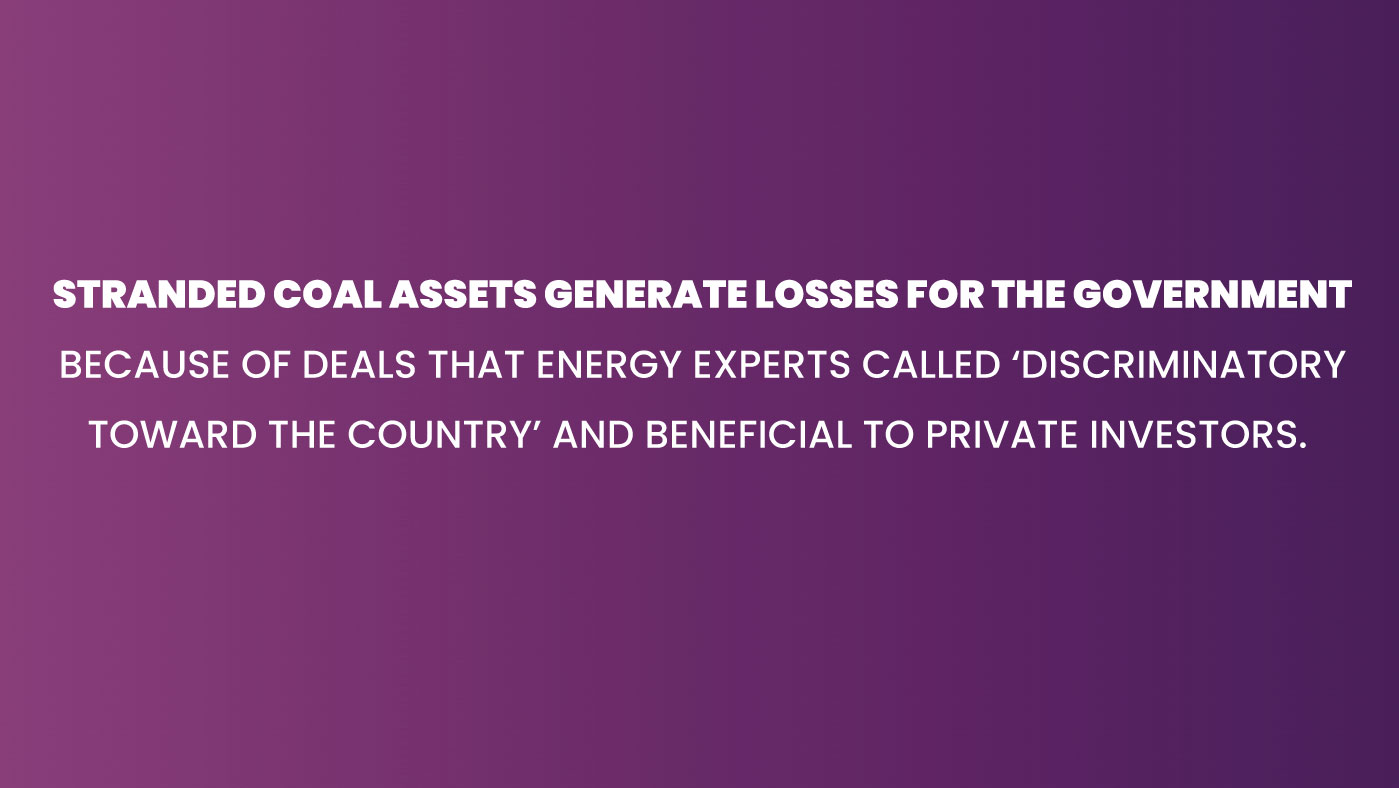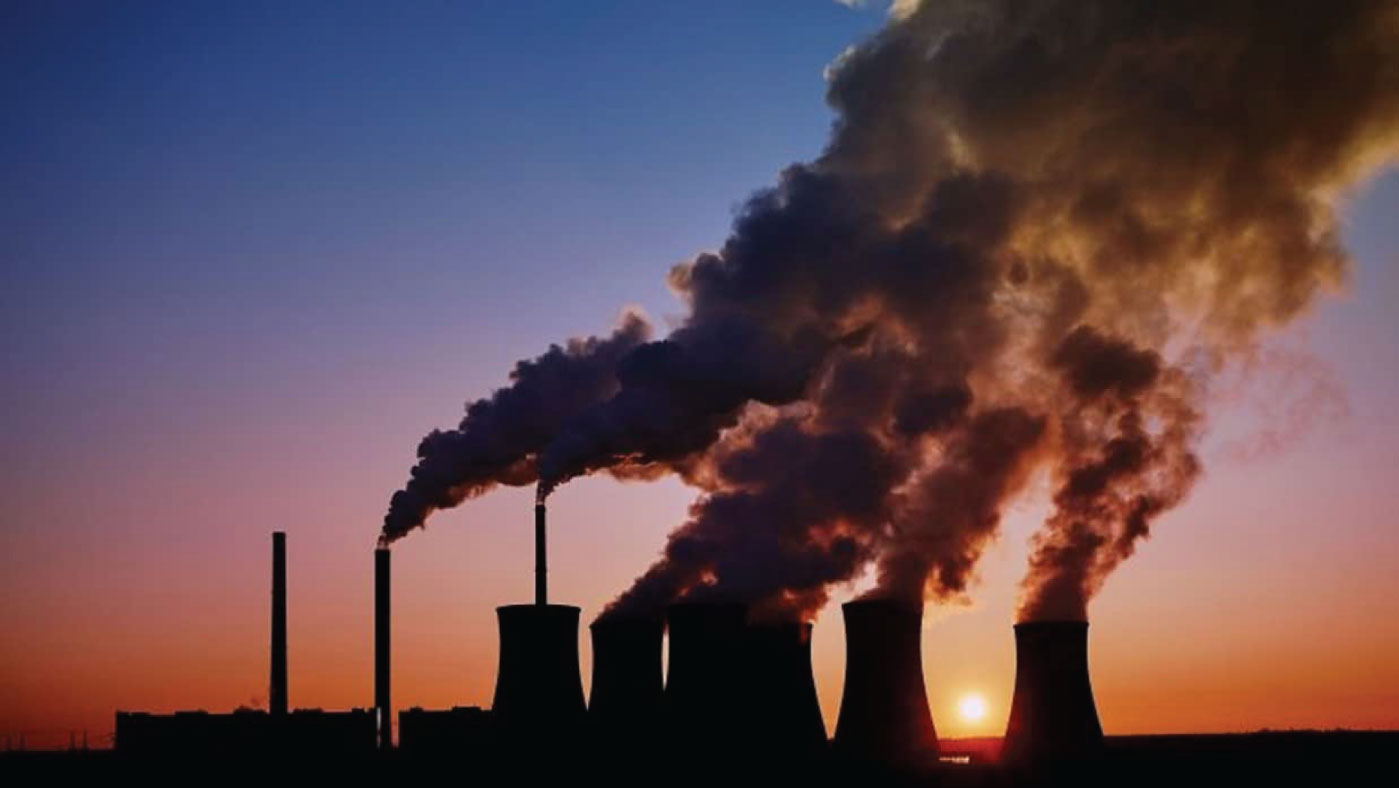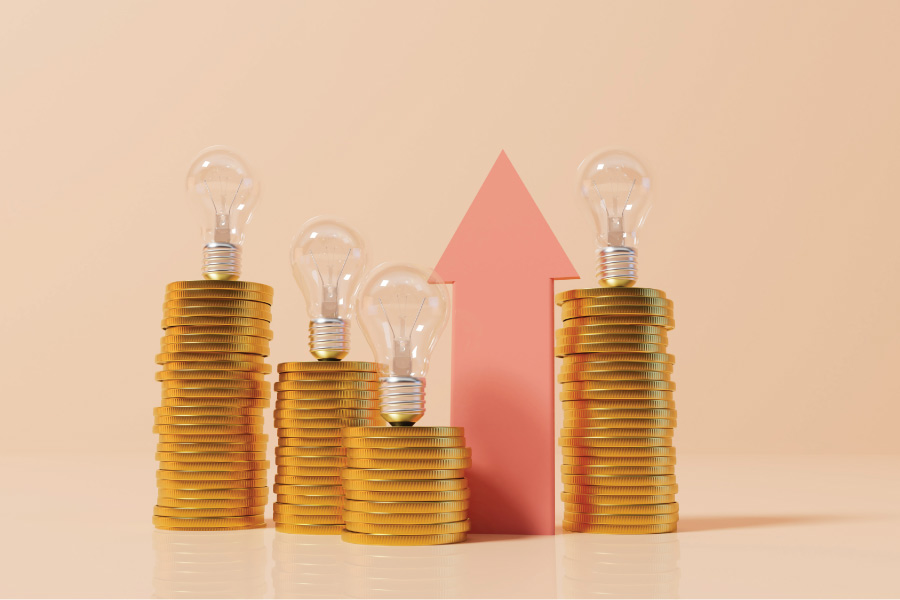At least a fifth of the coal-based power generation capacity that Bangladesh developed destroying the environment and endangering public health with a promise to relieve a rather prolonged energy crisis ended up becoming a stranded asset, official data showed.
Over the last decade, Bangladesh consistently battled an energy crisis while aggressively expanding its power generation capacity based on imported fossil fuel, ignoring renewable energy potentials.
Emran Hossain
After spending an estimated $17 billion on large coal power projects, just when coal-based power plants began coming into operation, Bangladesh found itself in a dollar crisis, unable to buy enough coal to fully use its coal power capacity.
Investments that become unusable or lose value in unexpected ways are often referred to as stranded assets.
Authorities said that though coal prices drastically dropped in the international market the dollar crisis still prevented them from buying enough coal needed for running all coal-based power plants of about 5,000MW.
The dollar crisis, if not worsened, is likely to persist over the next three years when Bangladesh’s current coal capacity is set to expand by a third, potentially raising stranded coal assets.
Stranded coal assets, in the context of Bangladesh, generate losses for the government alone because of deals that energy experts called ‘discriminatory toward the country’ and beneficial to private investors, who are guaranteed return on their investments with a payment called capacity charge, regardless of electricity produced.
In the best-case scenario of the use of coal-based power generation capacity in recent times, Bangladesh produced more than 4,200MW on August 31. In general coal-based power plants generate about 3,500MW or a little more.
The portion of unused coal power generation capacity reached even 30 per cent at times, according to an analysis of data released by the Power Grid Company of Bangladesh. Some of the coal power plants remained partially or fully idle due to coal shortages, almost ever since they rolled into operation, according to official records.
‘Dollar crisis is at the root of the problem,’ said Mohammad Hossain, director general, Power Cell, a wing of the Bangladesh Power Development Board.

On September 4, Bangladesh recorded a 1,257MW power shortage at 1:00 a.m. with the production of 12,884MW of electricity against the power demand of 14,200MW. Bangladesh’s overall installed capacity is 24,911MW.
Coal accounted for a fifth of the overall installed power generation capacity. Coal-based power plants generated 3,851MW in the early morning of September 4, leaving 1,149MW of coal capacity unused.
Since the last week of August, the highest coal power capacity was used on August 31 with the generation of about 4,200MW from coal, leaving about 15 per cent of the coal capacity unused. The end of August represented the time in which more coal power plants were in operation than any other time in recent past.
Ever since officially announcing rolling power cuts on July 18 last year, the government repeatedly assured people that the energy crisis would go away as soon as coal-based power plants began operation. The coal-based power generation capacity increased by three times since the promise but the energy crisis persisted.
Power shortage has rather worsened with time with record power cuts – up to 12 hours a day – during high summer this year despite people paying far higher than they had paid last year as electricity prices increased three times in 2023 alone.
‘There is the prospect that Bangladesh can never fully use its coal capacity for one reason or the other,’ said Hasan Mehedi, member secretary, Bangladesh Working Group on External Debt.
A Khulna-based environmental campaign, Coastal Livelihood and Environmental Action Network, revealed in July that coal-based power plants accounted for 42 per cent of all machine problems in 2021-22.
The newly-built Rampal power plant frequently went out of operation because of technical glitches alongside coal shortage.
Bangladesh is accepting a $4.6 billion loan from the International Monetary Fund through 2026 indicating that coming out of the ongoing dollar crisis soon is unlikely.
Energy experts have identified predatory power and energy sector expenses as one of the main drivers of the dollar crisis. Energy experts had warned about an economic downfall owed to the power and energy sector wrong decisions.
Natural gas accounted for almost half of Bangladesh’s current installed capacity. But Bangladesh can barely use half of its gas-fired power capacity due to fuel shortage. Lack of exploration left Bangladesh’s gas reserve depleting quickly, increasing the country’s reliance on imports.
After gas, which remained the main source of energy for decades, Bangladesh tried to find an alternative energy source in coal. But coal shortage haunted the 1,320MW Rampal power plant prompting frequent closures ever since its first unit began operation in December last year. The second unit of the plant has not come into operation yet.
The 660MW first unit of the Rampal power plant was mostly half-used for coal shortage. In June, the country’s biggest 1,320MW Payra power plant remained out of operation for almost three weeks because of coal shortage, adding to people’s suffering amidst a relentless heat wave.
Coal shortage kept the 307MW Barishal power plant out of operation for most of the time ever since it came into operation in January.
Just four days into its test run, the first unit of the 1,320MW Banshkhali power plant suspended operation because of the coal crisis. The test run resumed recently with the power generation remaining in the range of 400MW and 500MW.
About half of the 525MW capacity of the Barapukuria power plant remains mostly unused because of coal shortage. This is the only power plant run with domestic coal. In January, a coal price row between the PDB and the Adani group exposed coal price manipulation allowed in power deals.
In the deals, the power producers were allowed to use the Newcastle index in determining their coal prices without specifying the country of import.
The Newcastle index represents relatively better quality but costlier coal, mined in Australia, compared with what power plants in Bangladesh use through import from Indonesia, comparatively cheaper.
The 1,496MW Adani Godda power plant began full operation last month. The power plant generated power between 1100MW and 1400MW.

‘Corruption is a common characteristic of fossil fuel projects burdening people with excessive expenditures,’ said Anu Muhammad, an eminent economist.
Coal power plants because of their massive installed capacity generate a massive amount in capacity charge. In 2020-21, the Payra power plant received Tk 1,996 crore in capacity charge, the highest amount of capacity charge received by any power plant in the year.
The inability to use less-costly energy left Bangladesh reliant on privately owned oil and diesel power plants. Oil-based power plants are being used as much as coal- and gas-based power plants as the government wished to minimize power shortage in the election year.
The government’s due to the private oil-based power producers stood at Tk 16,000 crore until last month. Energy experts said that the government was relying substantially on the private sector for power generation to hold onto what foreign reserve it had and buy some time.
Coal-based power plants are mostly joint ventures involving the government and their operation meant losing dollars from the government’s pocket, energy experts explained. The government is even using diesel-based power plants which could be 12 times costlier than gas.
‘Bangladesh is caught in a strange situation and unlikely to come out of its economic and energy crises anytime soon,’ said energy expert Ijaz Hossain, who taught chemical engineering at BUET.
A recent government research that was later revised revealed that Bangladesh’s power sector was developed on a ‘model of looting’ for darning dollars. Over the last decade, Bangladesh invested less than Tk10 billion in the renewable energy sector, which accounts for less than three per cent of the current installed capacity.





